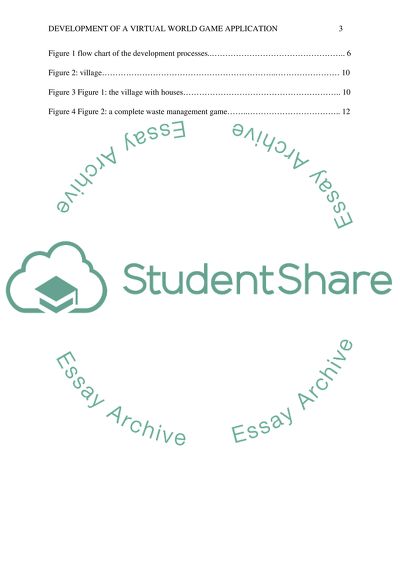Cite this document
(“Virtual world Assignment Example | Topics and Well Written Essays - 2000 words”, n.d.)
Virtual world Assignment Example | Topics and Well Written Essays - 2000 words. Retrieved from https://studentshare.org/information-technology/1478326-virtual-world
Virtual world Assignment Example | Topics and Well Written Essays - 2000 words. Retrieved from https://studentshare.org/information-technology/1478326-virtual-world
(Virtual World Assignment Example | Topics and Well Written Essays - 2000 Words)
Virtual World Assignment Example | Topics and Well Written Essays - 2000 Words. https://studentshare.org/information-technology/1478326-virtual-world.
Virtual World Assignment Example | Topics and Well Written Essays - 2000 Words. https://studentshare.org/information-technology/1478326-virtual-world.
“Virtual World Assignment Example | Topics and Well Written Essays - 2000 Words”, n.d. https://studentshare.org/information-technology/1478326-virtual-world.


